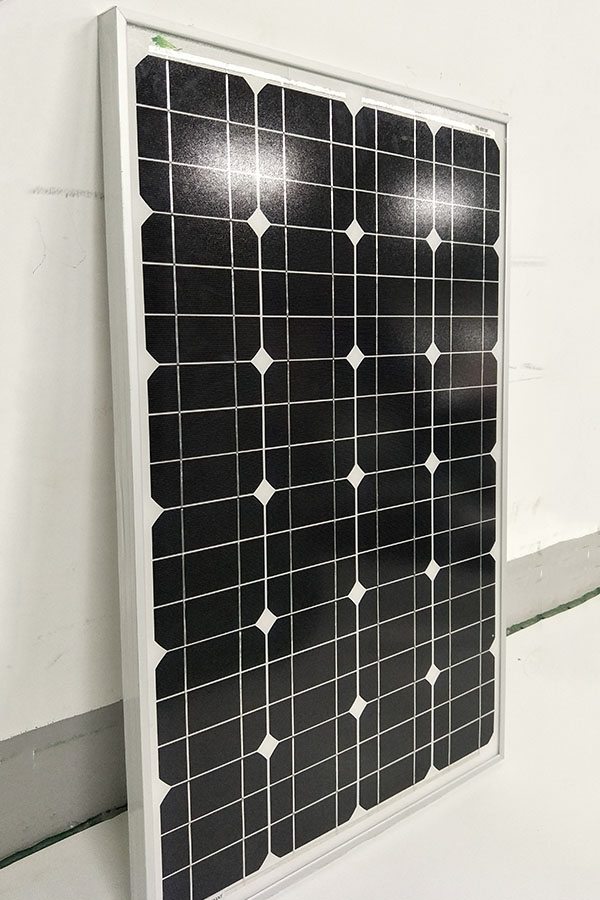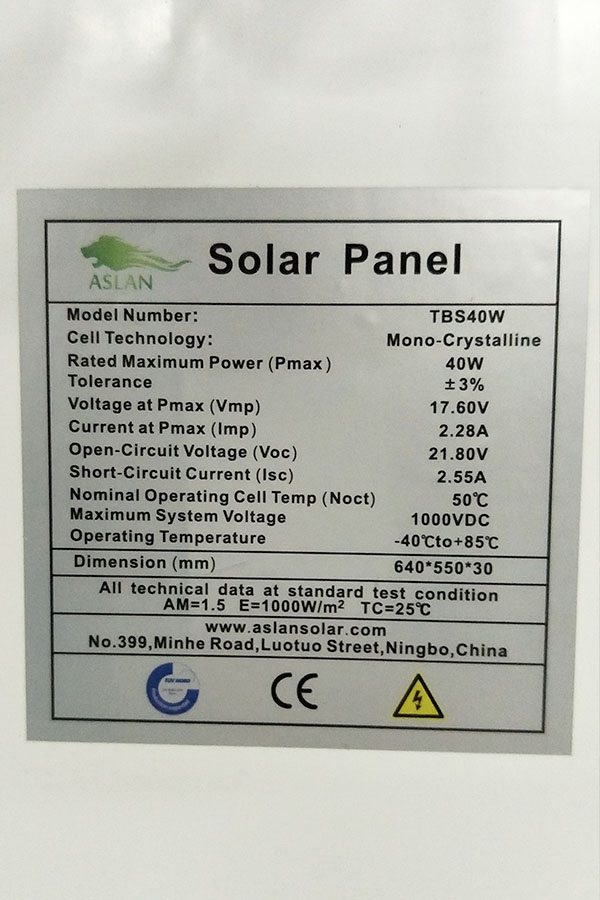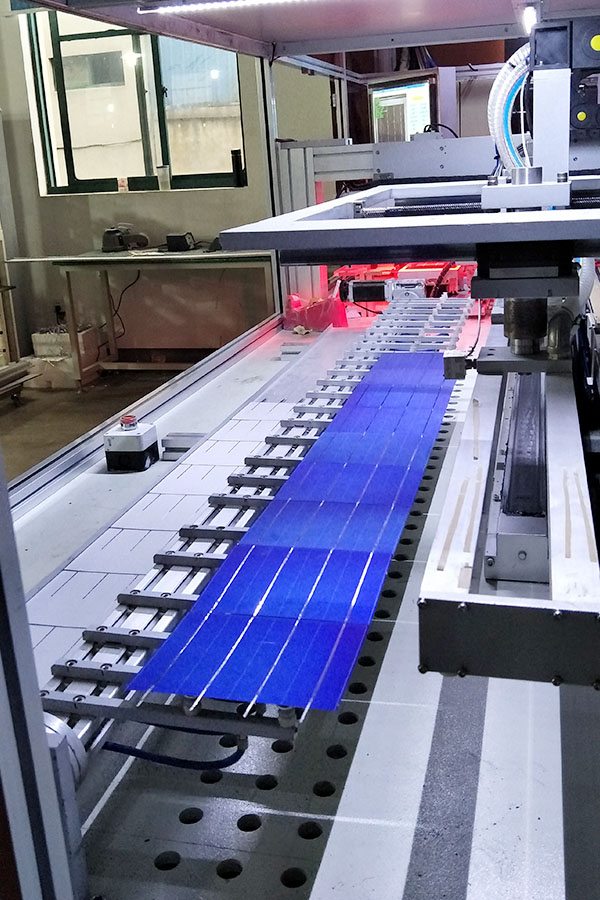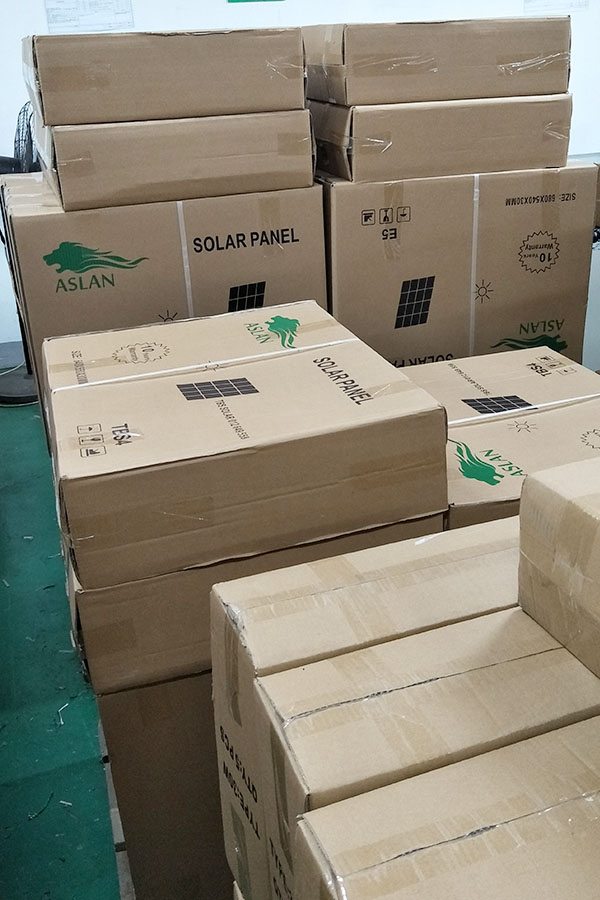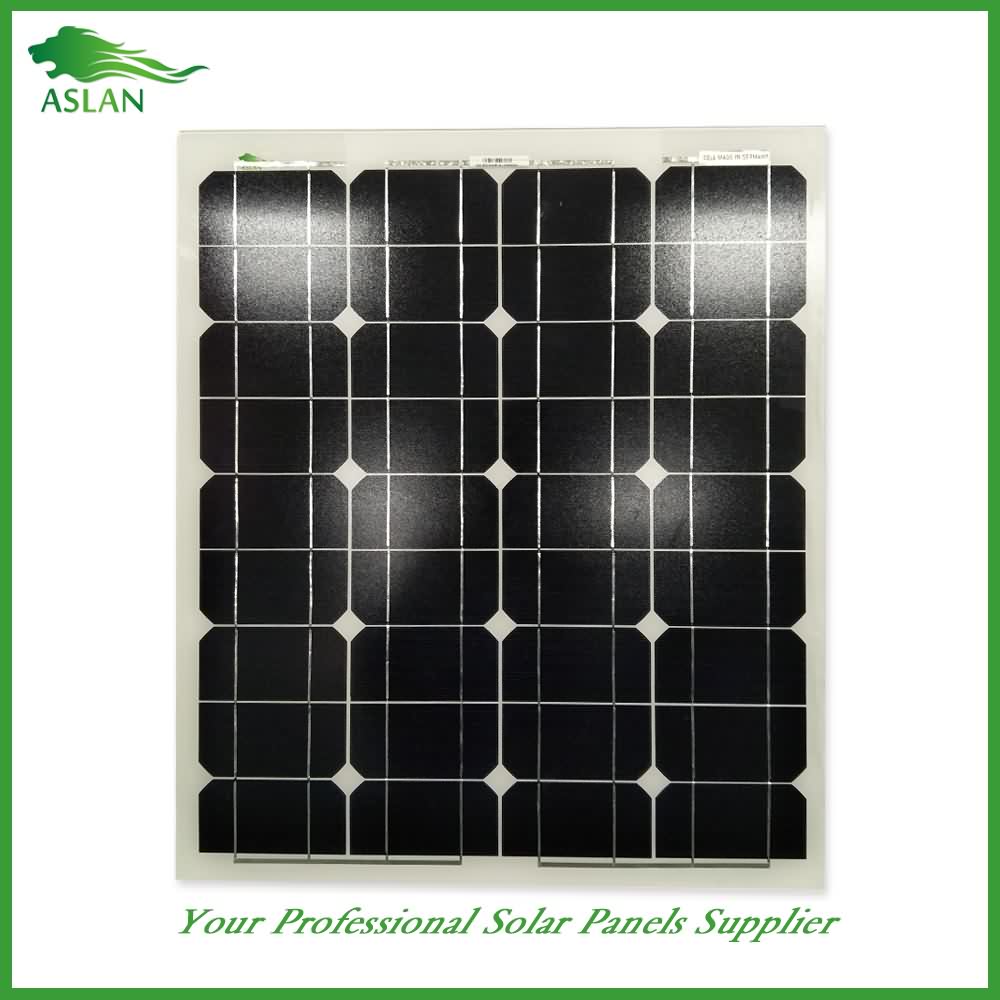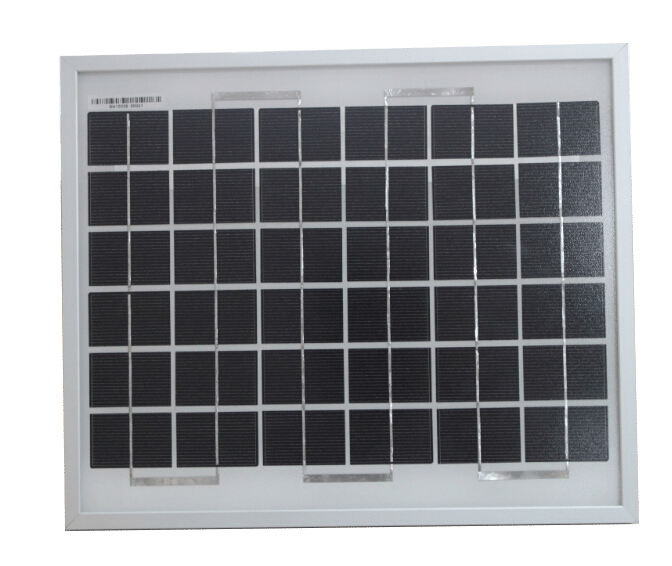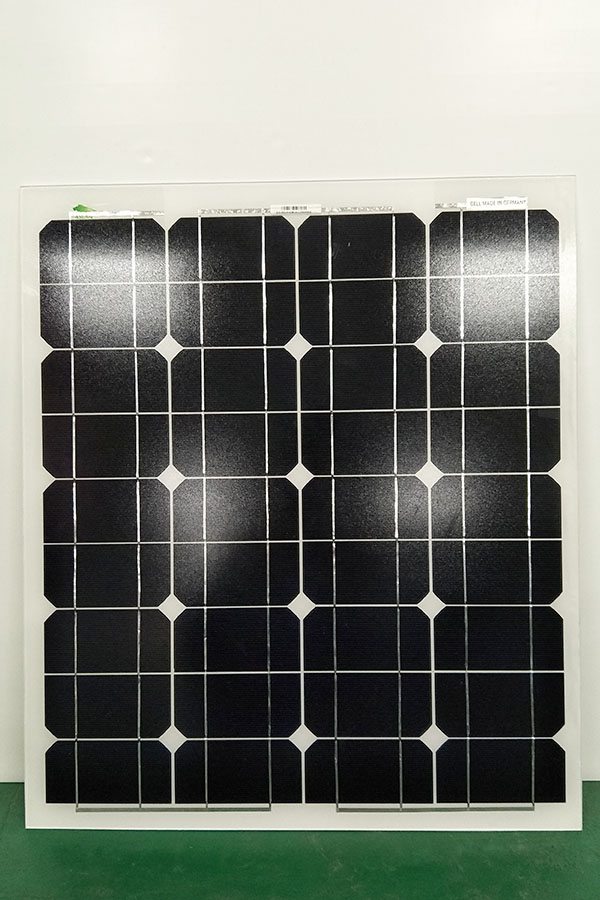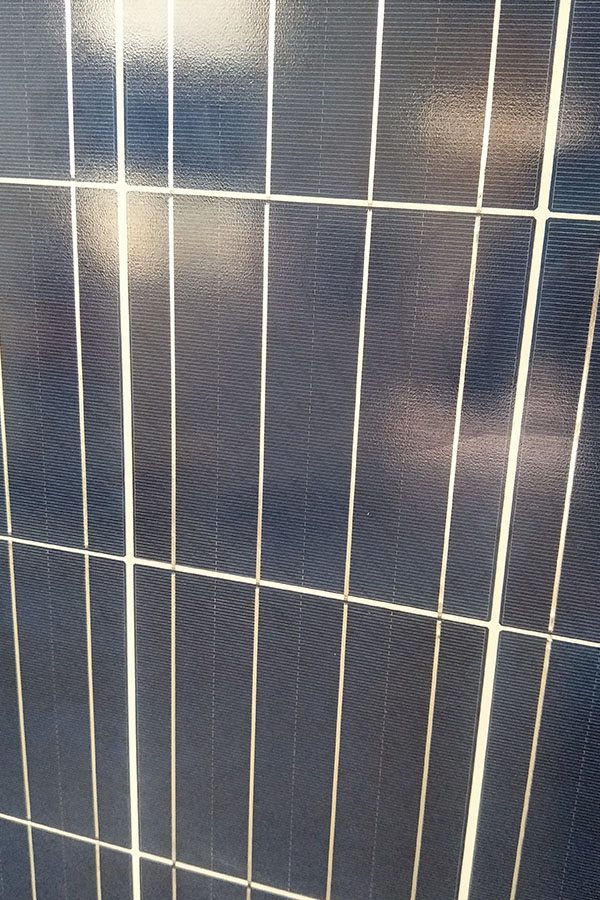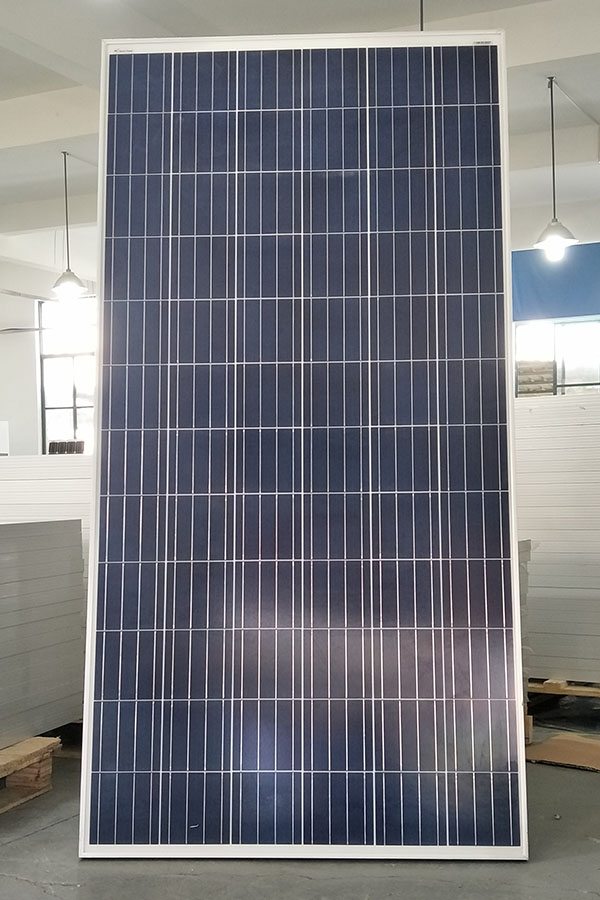OEM/ODM Manufacturer Mono-Crystalline 80W Solar Panel Supply to French
Short Description:
It adheres to the tenet "Honest, industrious, enterprising, innovative" to develop new products constantly. It regards customers, success as its own success. Let us develop prosperous future hand in hand for OEM/ODM Manufacturer Mono-Crystalline 80W Solar Panel Supply to French, Sincerely hope we are growing up together with our customers all over the world.
Mono-Crystalline 80W Solar Panel
Technical parameter
Maximum Power(W) 80W
Optimum Power Voltage(Vmp) 15.90V
Optimum Operating Current(Imp) 5.03A
Open Circuit Voltage(Voc) 18.58V
Short Circuit Current(Isc) 5.59A
Mechanical Characteristics
Cell Type Monocrystalline 125x125mm (5 inch)
No of Cell 36 (4x9pcs)
Dimensions 906x670x35mm
Weight 7.2KGS
Front Glass 3.2mm,High Transmission, Low iron, tempered Glass
Junction box IP65 Rated
Output Cable TUV 1×4.0mm2/UL12AWG,Length: 900mm
Temperature and Coefficients
Operating Temperature(°C): -40°C ~ + 85°C
Maximum System Voltage: 600V(UL)/1000V(IEC) DC
Maximum Rated Current Series: 15A
Temperature Coefficients of Pmax: -0.435%
Temperature Coefficients of Voc: -0.35%
Temperature Coefficients of Isc: 0.043%
Nominal Operating Cell Temperature (NOCT): 47+/-2°C
Materials of solar panel
1).Solar Cell——Mono-crystalline solar cell 125*125mm
2).Front Glass——-3.2mm, high transmission, low iron, tempered glass
3).EVA——-excellent anti-aging EVA
4).TPT——-TPT hot seal made of flame resistance
5).Frame——anodized aluminum profile
6).Junction Box——-IP65 rated, high quality, with diode protection
Superiority: high quality anodized aluminum frame, high efficiency long life, easy installation, strong wind resistance, strong hail resistance.
Features
1. High cell efficiency with quality silicon materials for long term output stability
2. Strictly quality control ensure the stability and reliability, totally 23 QC procedures
3. High transmittance low iron tempered glass with enhanced stiffness and impact resistance
4. Both Polycrystalline and Mono-crystalline
5. Excellent performance in harsh weather
6. Outstanding electrical performance under high temperature and low irradiance
Quality assurance testing
Thermal cycling test
Thermal shock test
Thermal/Freezing and high humidity cycling test
Electrical isolation test
Hail impact test
Mechanical, wind and twist loading test
Salt mist test
Light and water-exposure test
Moist carbon dioxide/sulphur dioxide
Lamentablemente hay plomeros que hacen éste tipo de trabajos así, sin escrúpulos, ni ética profesional. ¡¡¡ Cuídate de pseudoplomeros charlatenes, la información es la mejor protección !!!
HxNM la Wiki del Hágalo Usted Mismo: http://goo.gl/6vvl08
Visita el Foro: http://goo.gl/u2mWBO
SUSCRÍBETE AQUÍ: http://goo.gl/fQ2sId
The Fire Training Program at the Oregon Department of Public Safety Standards and Training (DPSST), in partnership with the Washington County Fire Training Association (WCFTA), recently hosted a one-day class on Solar Photo Voltaic (PV) Safety for Fire Fighters at SolarWorld in Hillsboro, Oregon. Emergency incidents involving Solar Photo Voltaic (PV) equipment are becoming more and more common in both urban and rural areas.
The class was delivered by Captain Matt Paiss of the San Jose Fire Department (California) who is one of the nation’s leading experts in this area. Captain Paiss is a 15-year veteran of the San Jose Fire Department, and is currently assigned as a Training Officer. He was a contributor to the California State Fire Marshal’s Office PV Guidelines, as well as the IFC and NFPA1 fire code sections on PV. Captain Paiss has delivered PV Safety training to over 2,000 firefighters nationwide and has spoken at national conferences such as FDIC. He has also spoken in Europe on Fire Safety and PV design, has AS degrees in both Solar Energy Technology and Fire Science, and is a member of UL Standards Technical Panels 1703 & 1741. Captain Paiss has also written articles for Fire Engineering and Home Power magazines.
Tualatin Valley Fire & Rescue (TVF&R) was kind enough to record the class, record additional sessions in studio with Capt. Paiss, and edit the program so that is suitable for in-service training.
